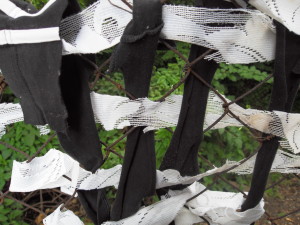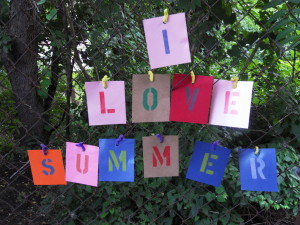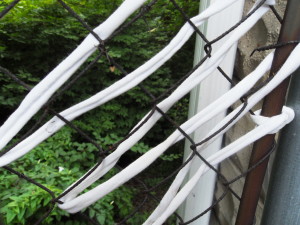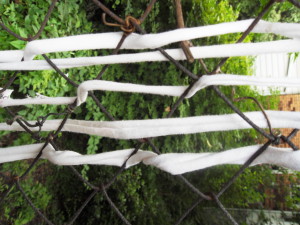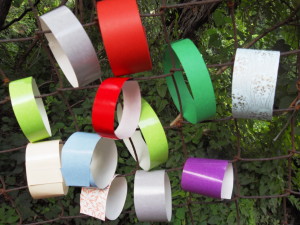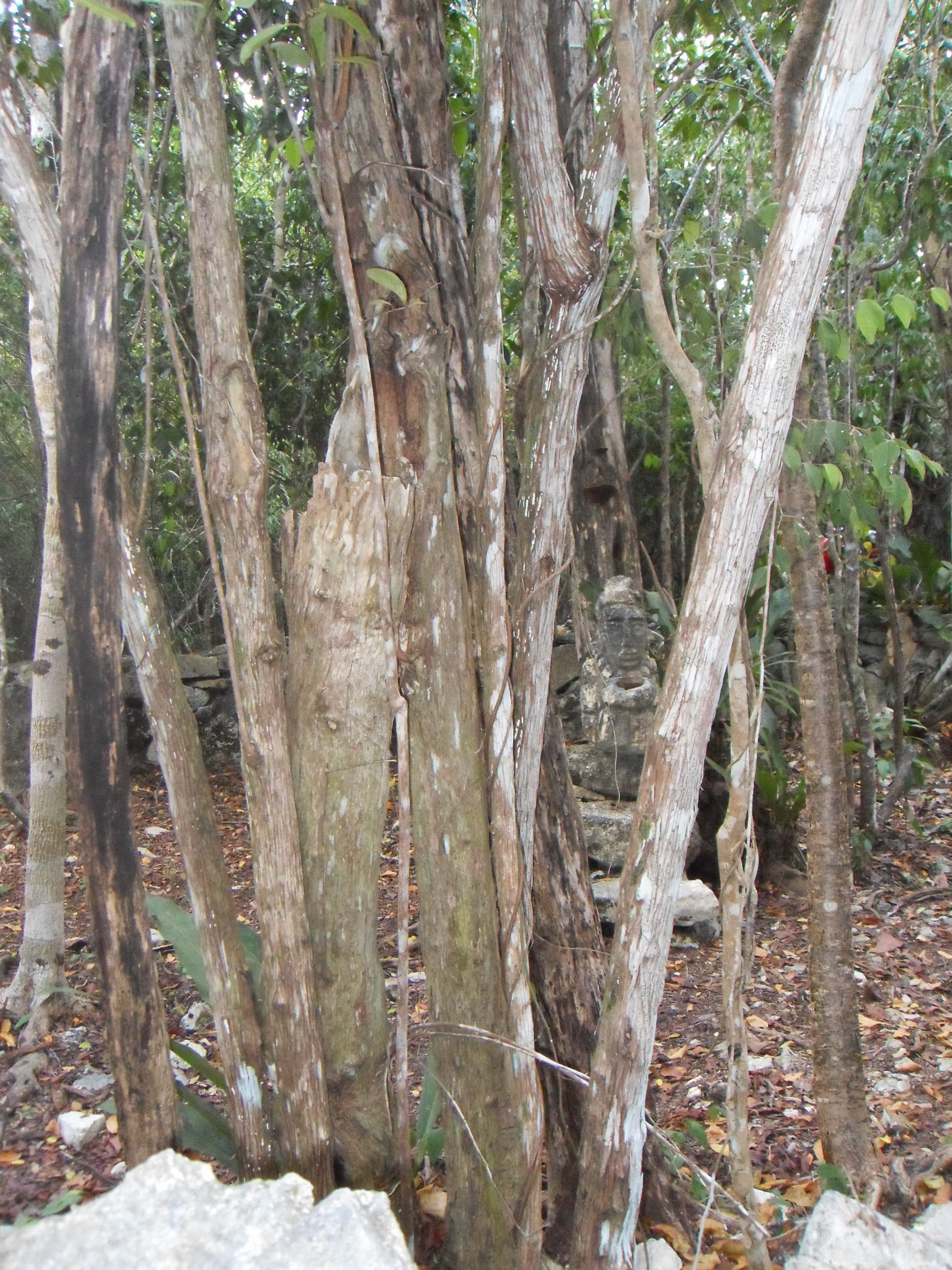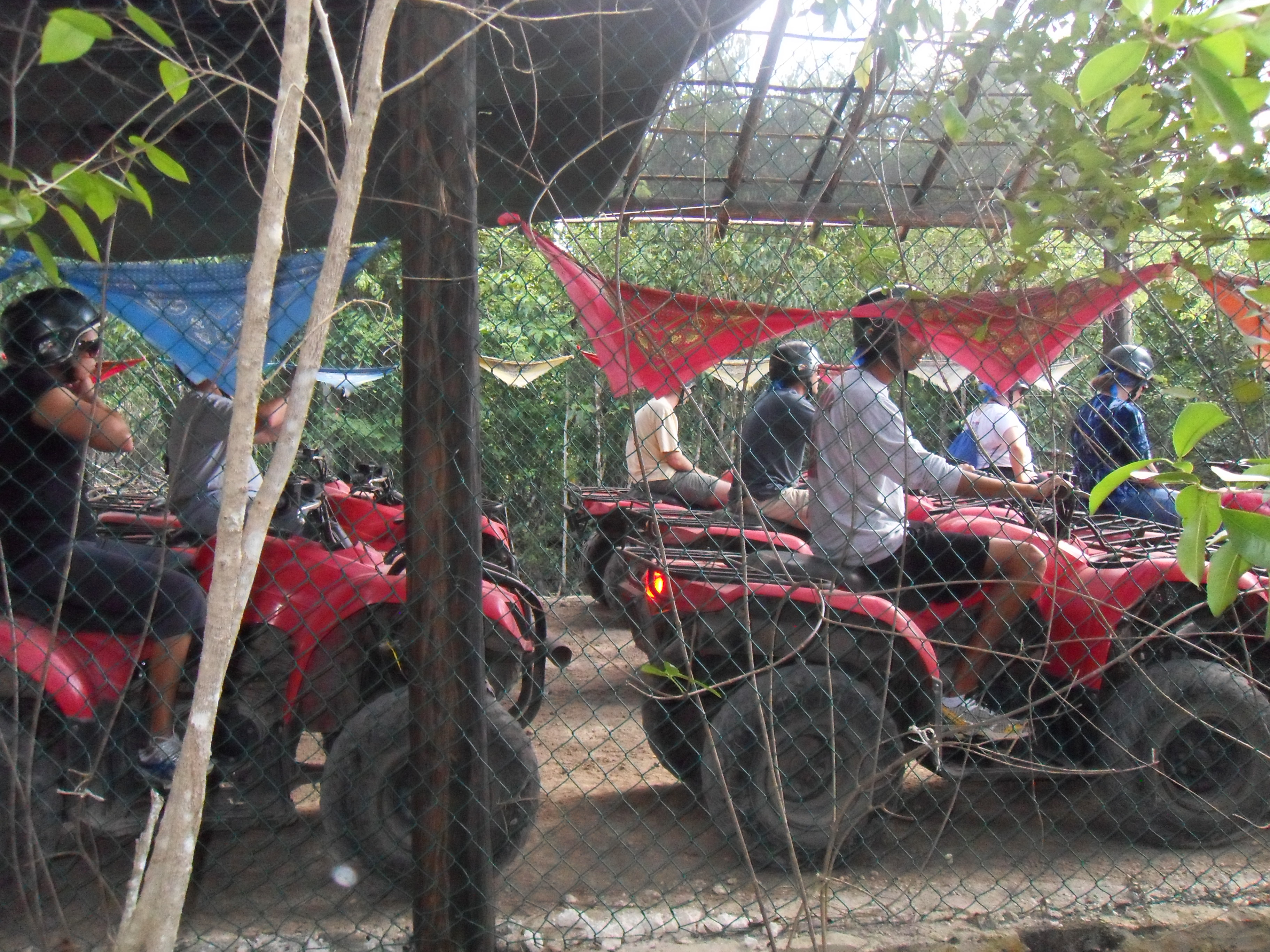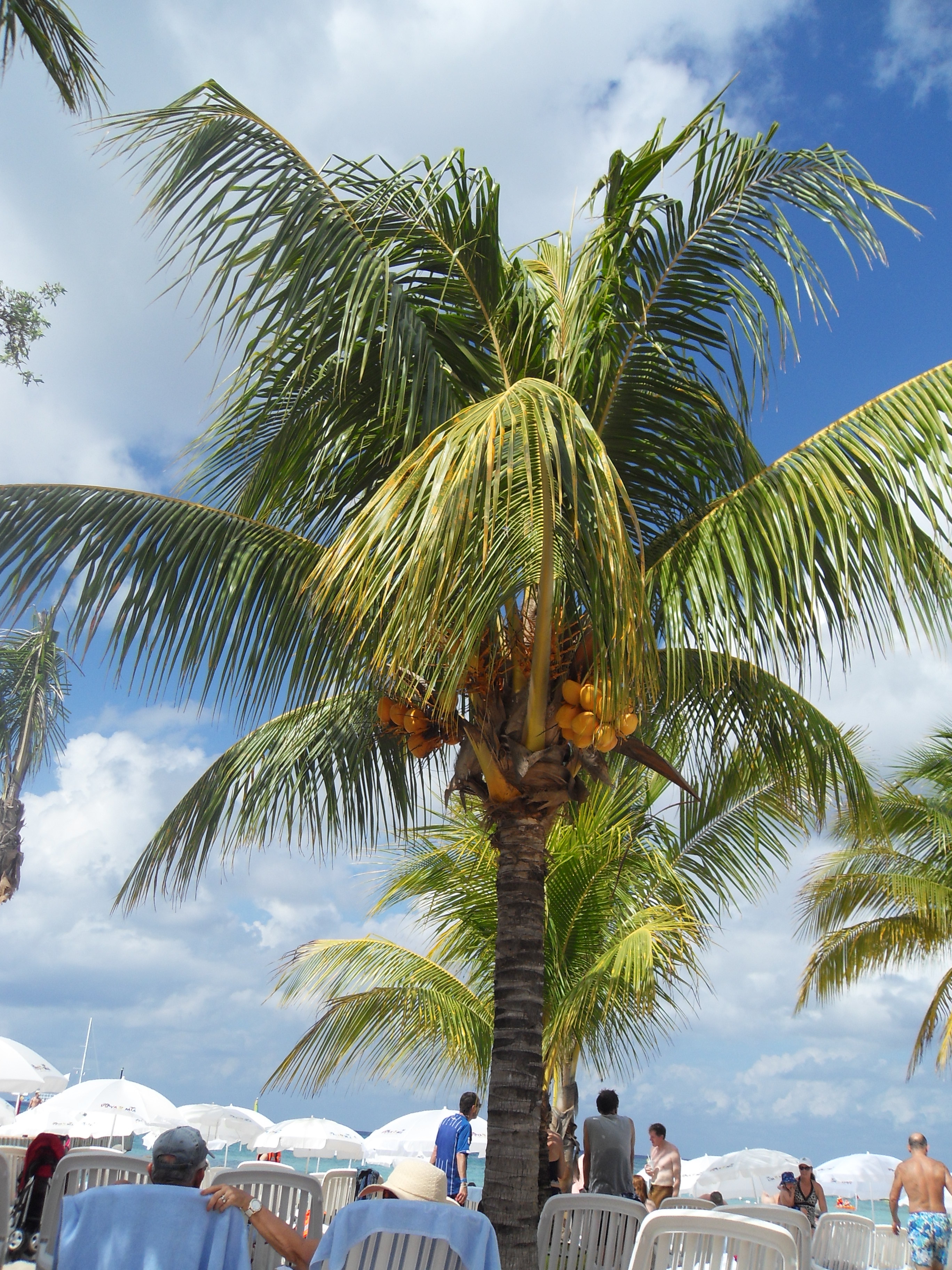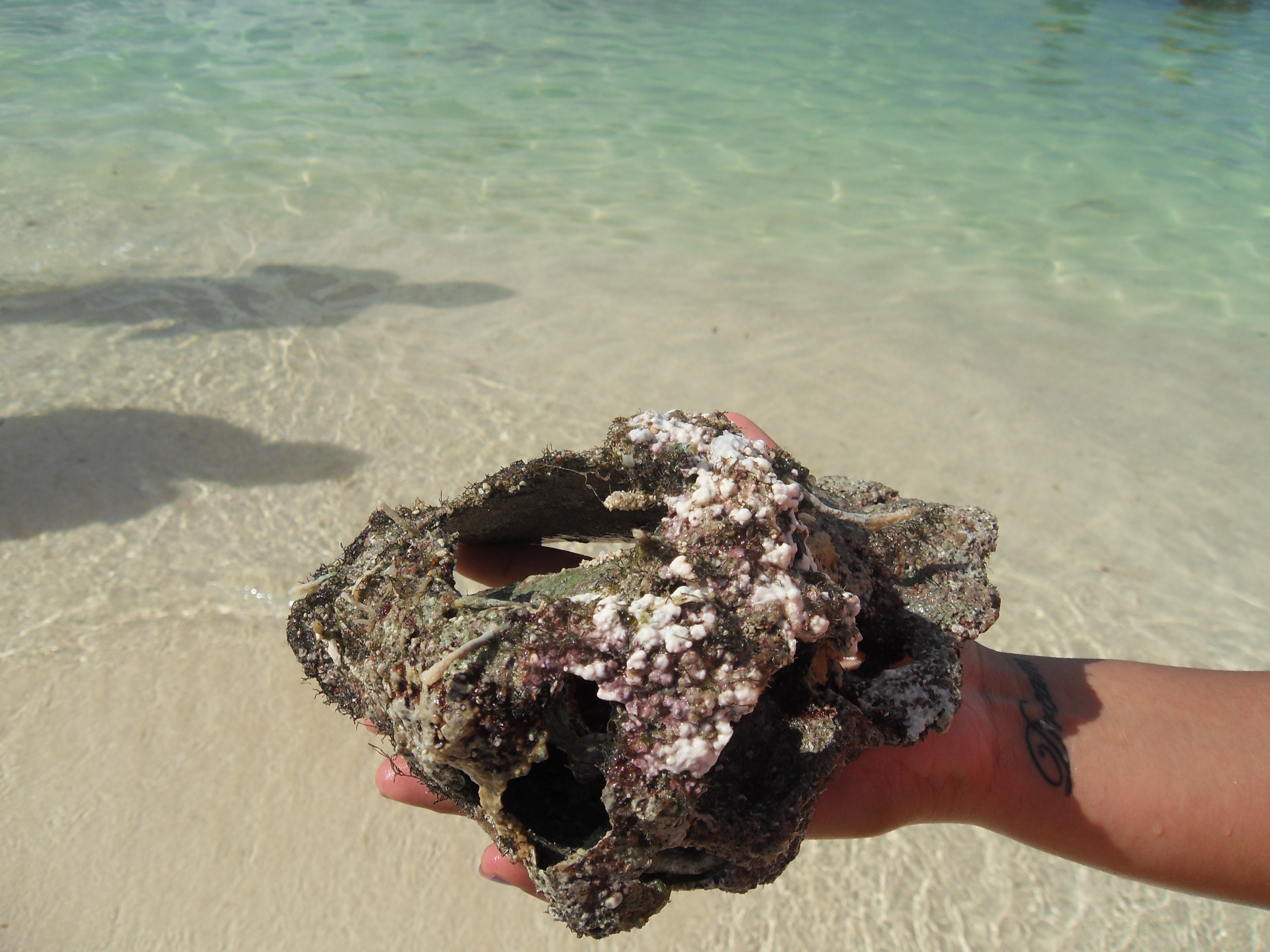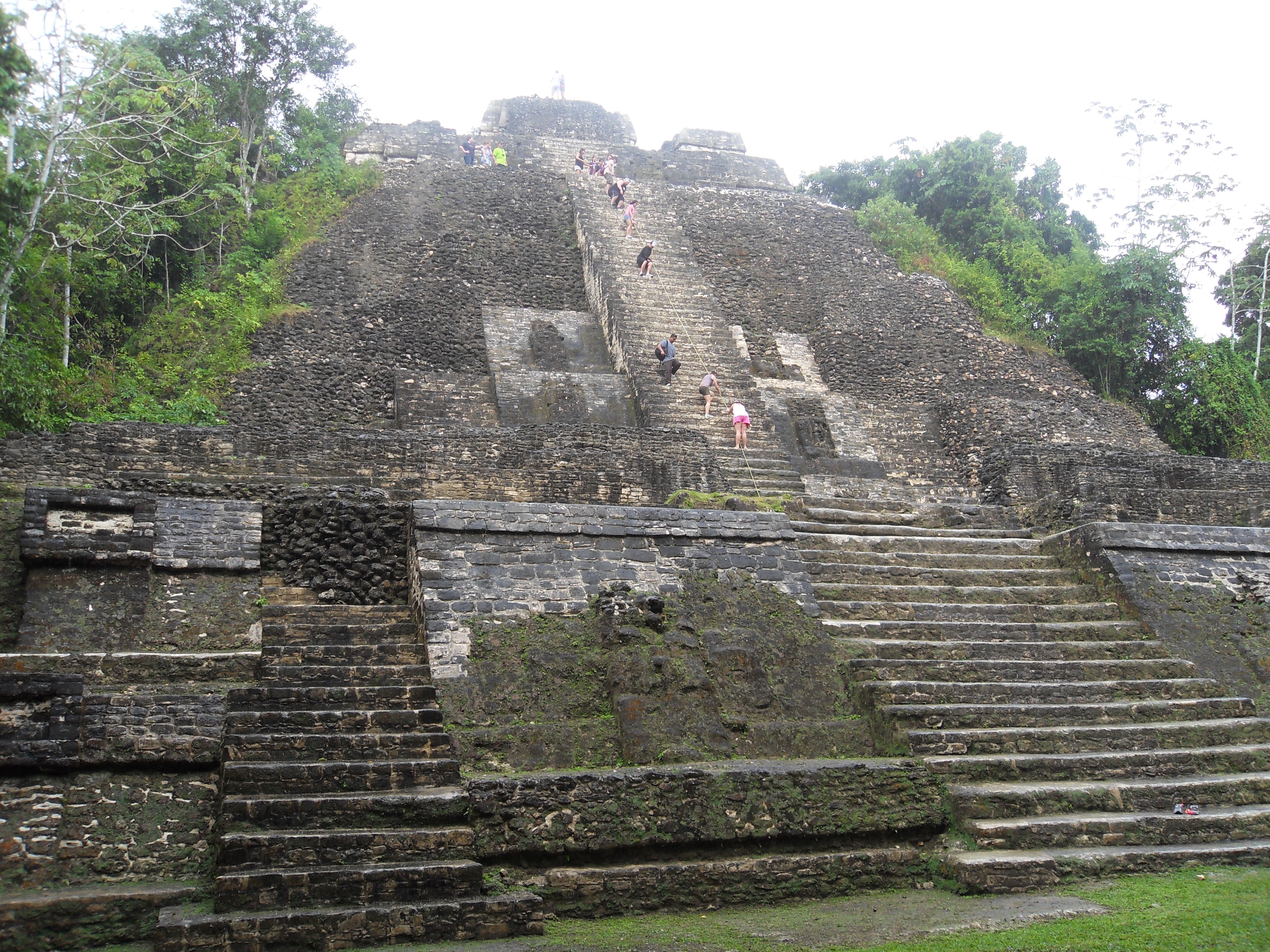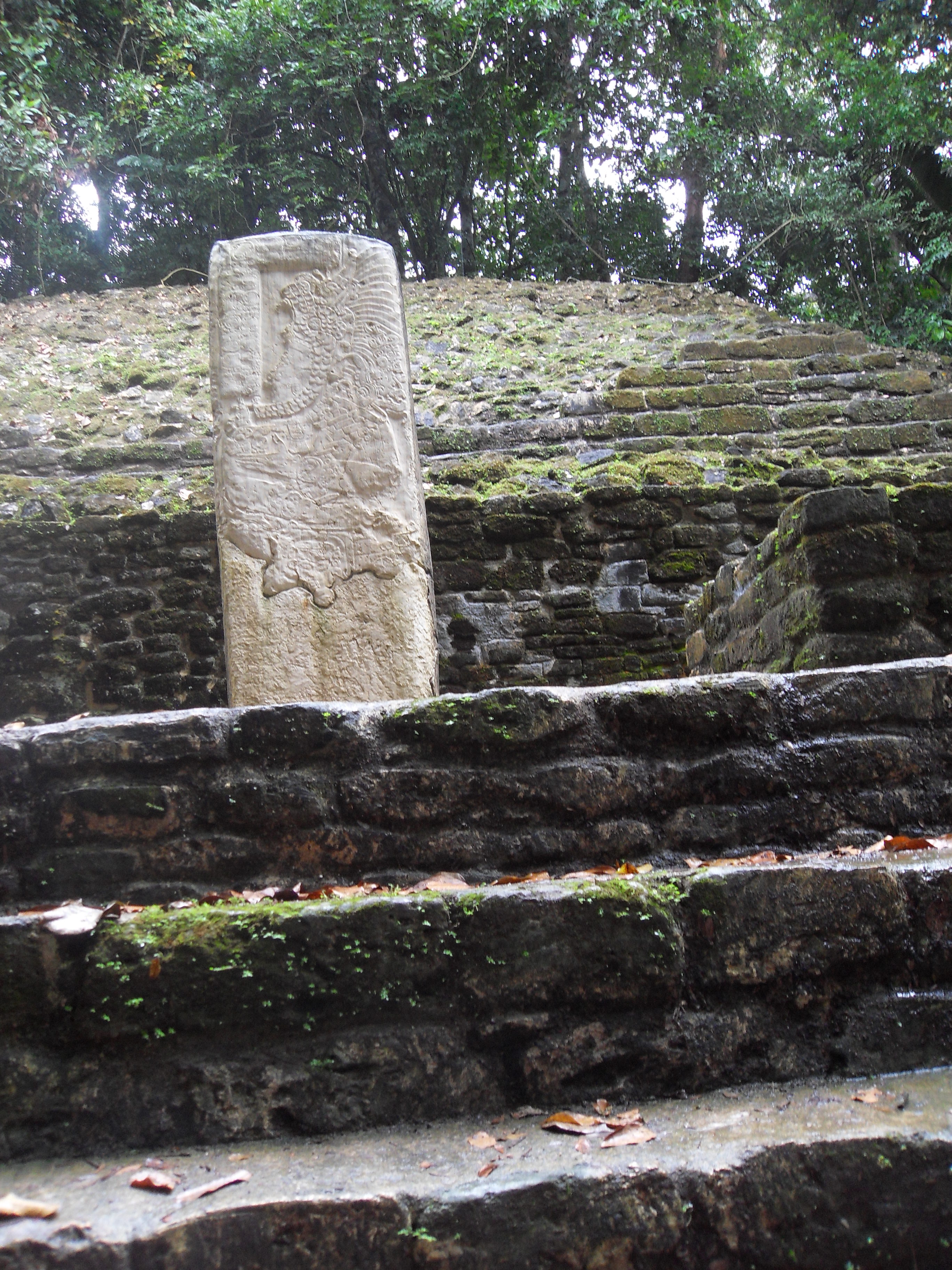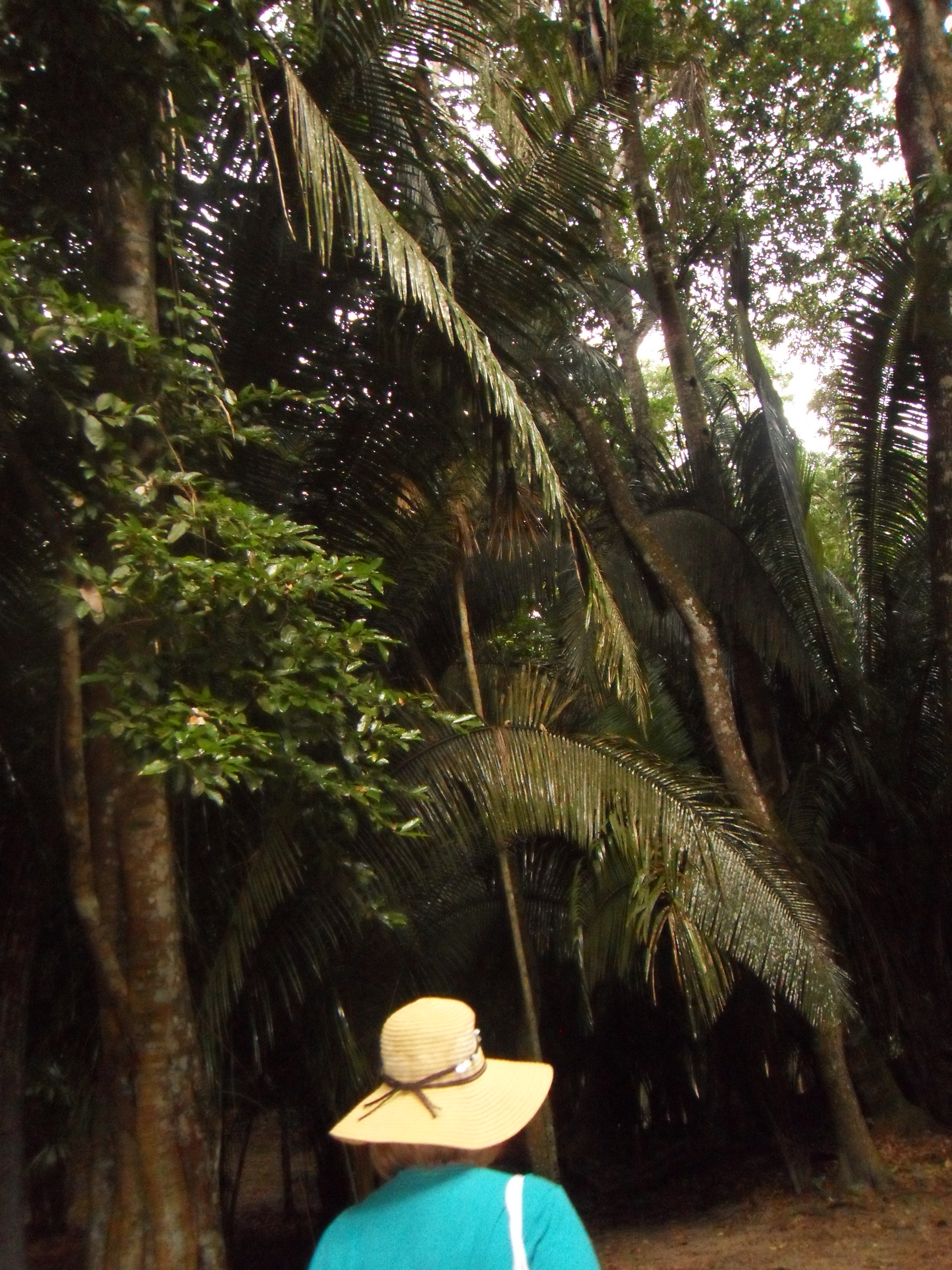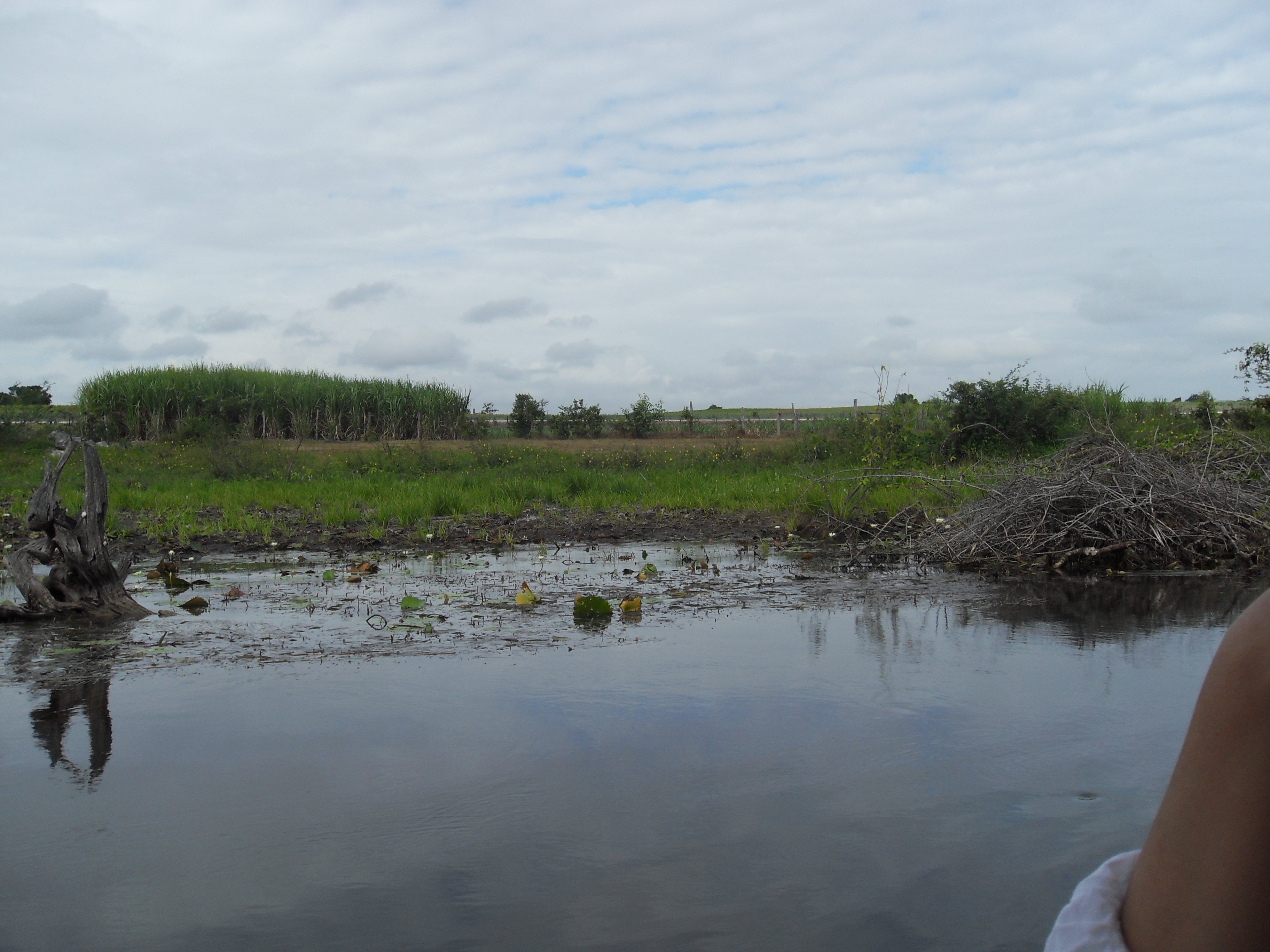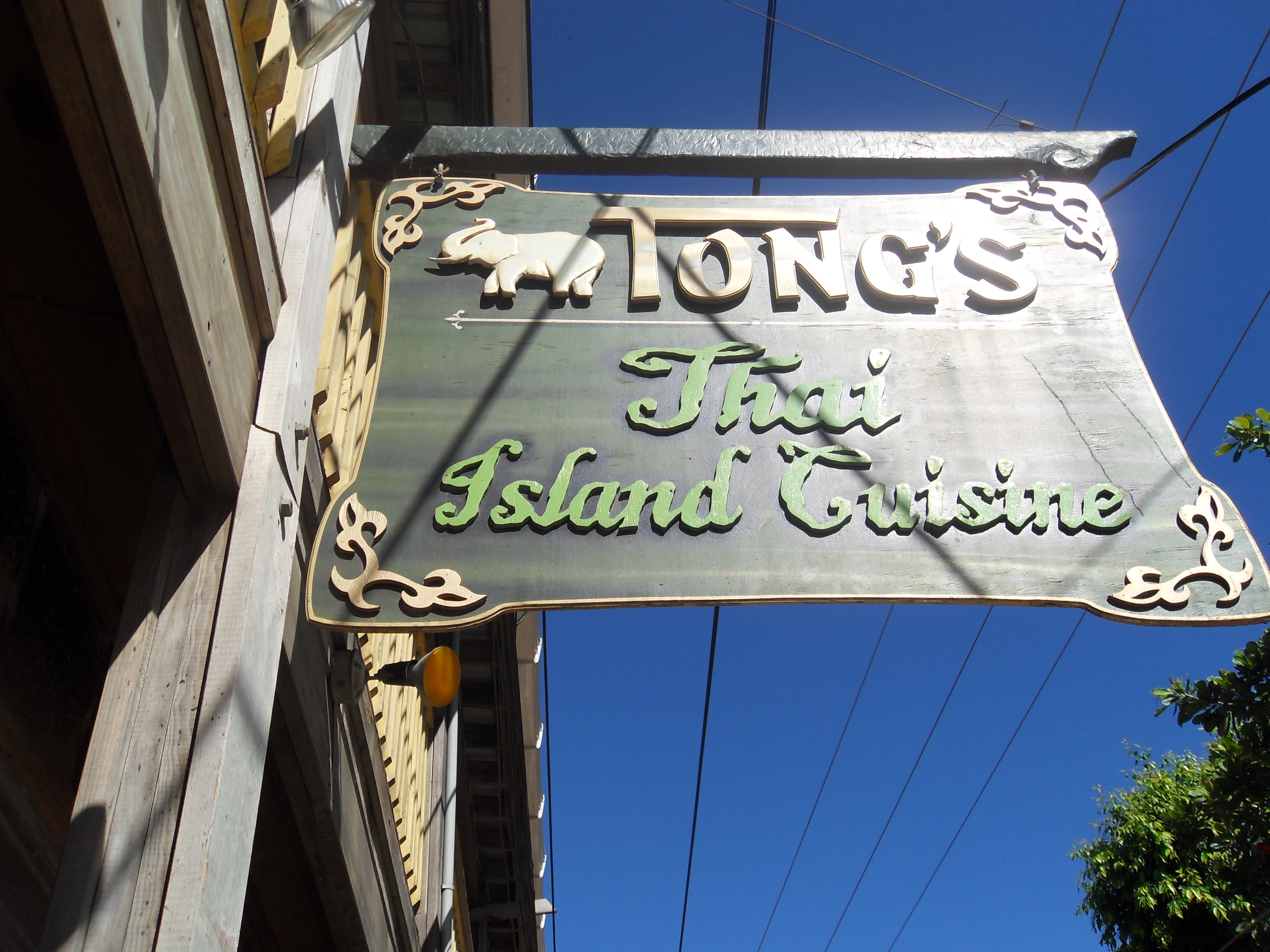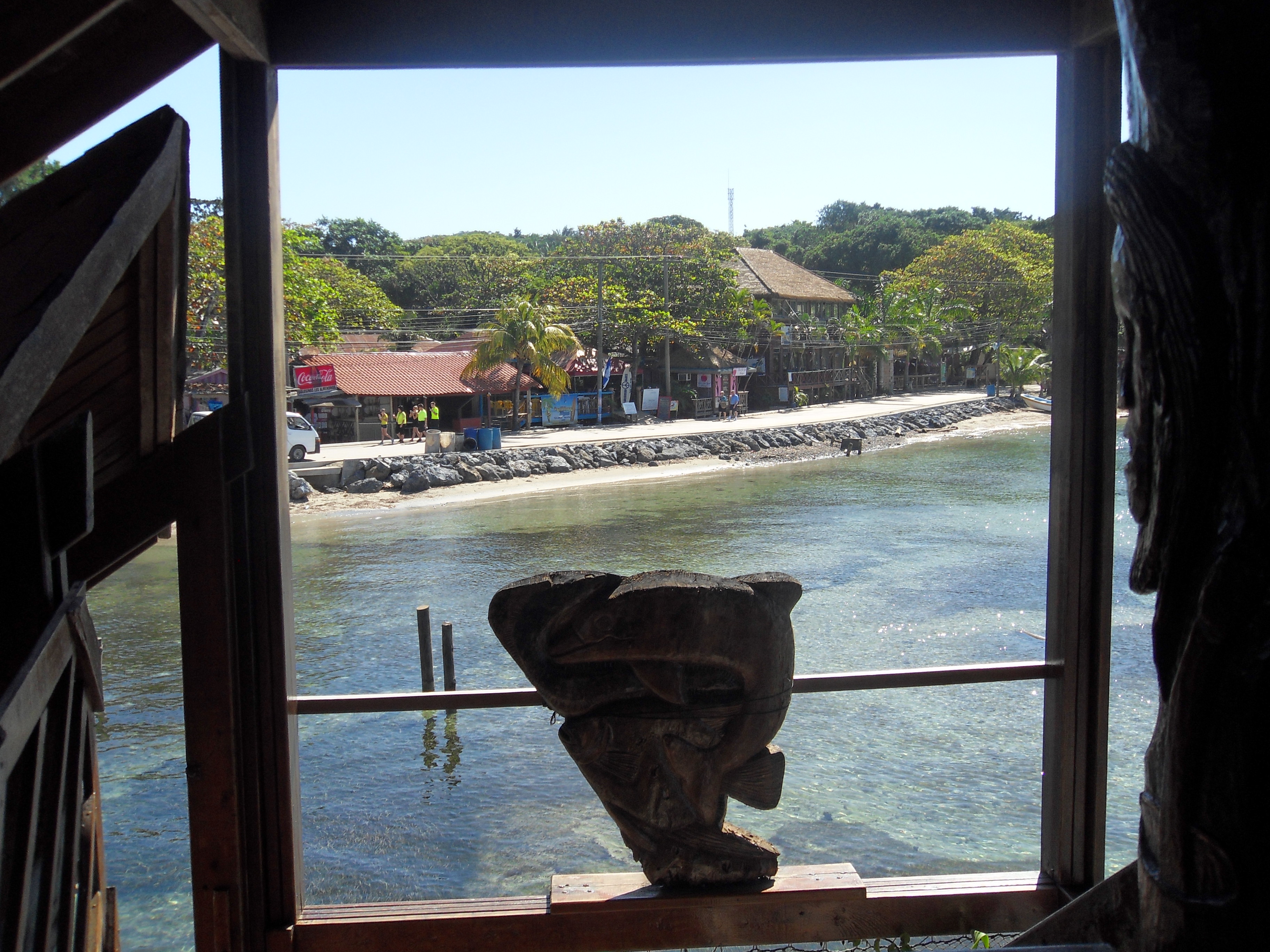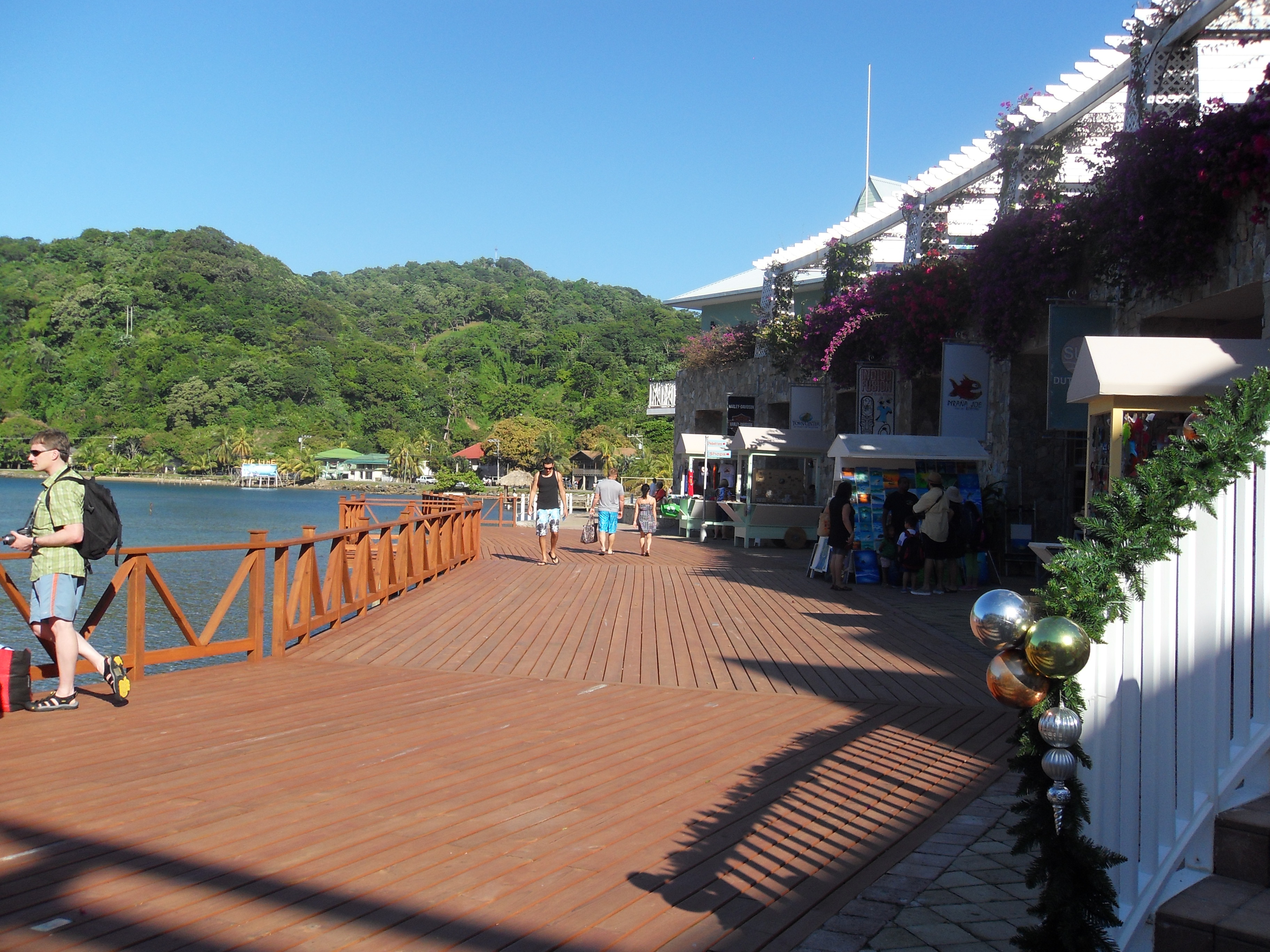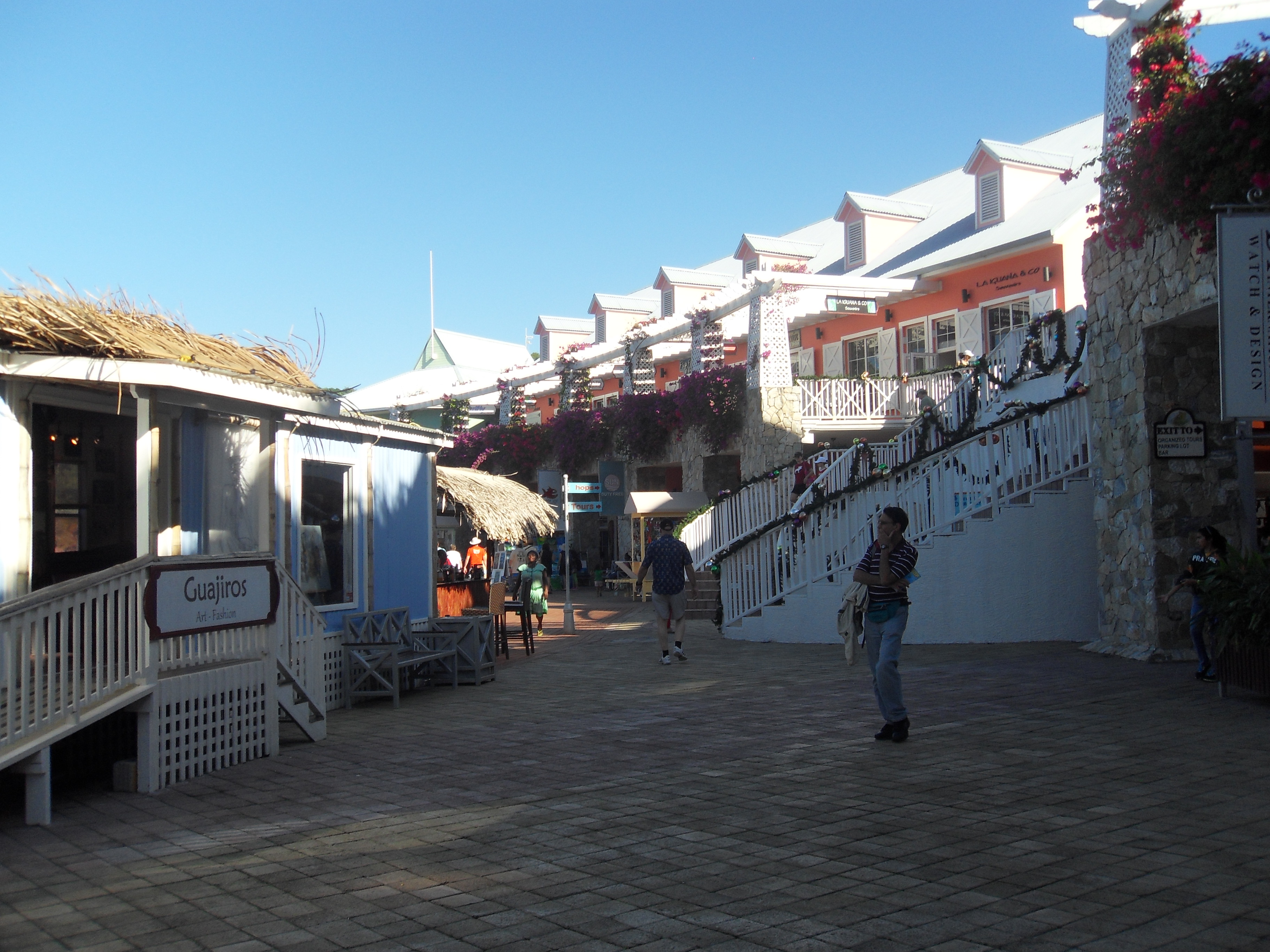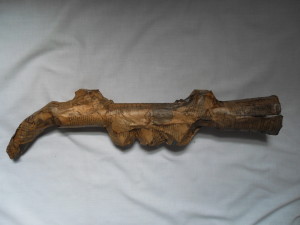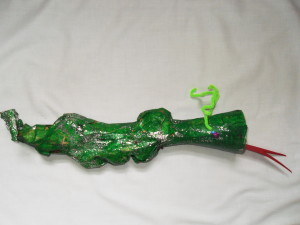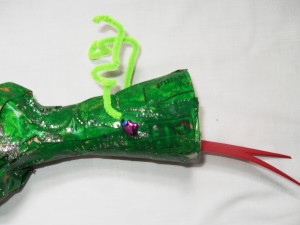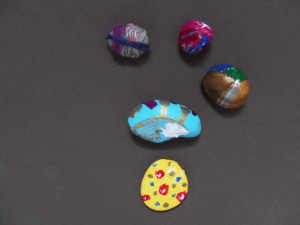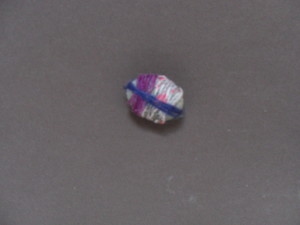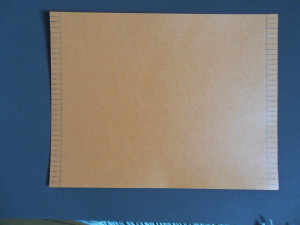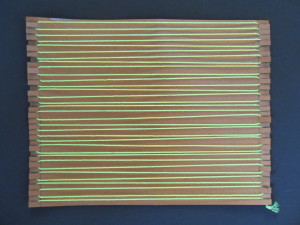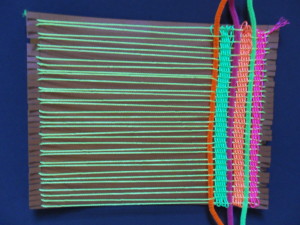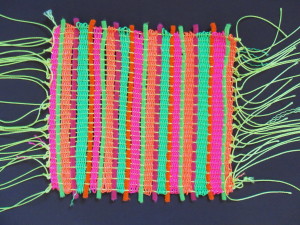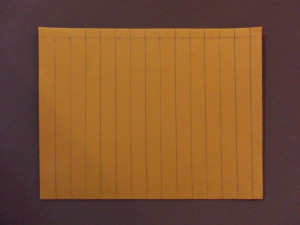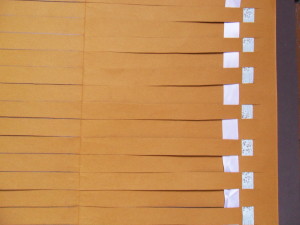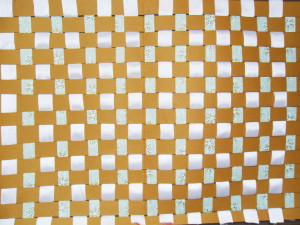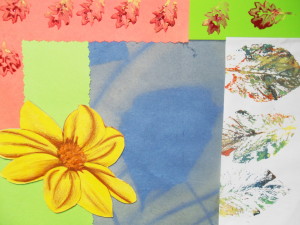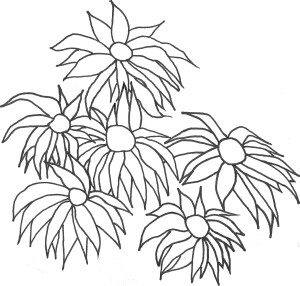1976 Fun Facts
From:
www.thepeoplehistory.com
http://en.wikipedia.org
www.historyproject.org
Fashions:
What was popular in 1976?
Patterned jackets
Tunic and pants
Denim separates
V-neck dress
Blazer
Wood bracelet
Checkbook clutch
Super necklace
Dressy handbag
3-strap shoe
Lace boot
Ankle-strap shoe (wedge)
Leather boot with tool work designs
Romeo slip-on shoe for men
Fonzi jacket and corduroy suit for men
Rugby pullover
Phasar watch for men.
Miscellaneous: Toys
Life-like baby doll
Toy sewing machine
Peanuts characters
Legos
Connect Four
Hair:
Long hair
Frosted or streaked hair
Afro
Farah Fawcett feathered hair
Sideburns for men
Surfer hair (tousled look)
Movies:
One Flew Over The Cuckoo’s Nest
All The President’s Men
The Omen
Taxi Driver
The Outlaw Josep Wales
Rocky
Television Shows:
Bionic Woman
Laverne and Shirley
The Gong Show
Family Feud
Charlie’s Angels
The Tony Randall Show
The Muppet Show
Monster Squad
Most Wanted
Songs:
Silly Love Songs – Paul McCartney and Wings
December 1963 (Oh What a Night) – The Four Seasons
You Sexy Thing – Hot Chocolate
50 Ways to leave Your Lover – Paul Simon
I Write the Songs – Barry Manilow
Books:
Trinity by Leon Uris
1876 by Gore Vidal
The Hite Report by Shere Hite
Headline News:
Gerald Ford was the 38th President of the US and Nelson Rockefeller was the 41st Vice-President of the US
Earthquake in Tabgshan China kills 655,000
Tidal wave in the Philippines kills 5800
First commercial Concorde flights take off
Worst drought on record hits Britain forcing the use of standpipe
Hurricane Belle hits US east coast
32 Black African nations boycott Montreal Olympics in protest to sports’ links between New Zealand and South Africa
Mao Tse-Tung, founder of the Chinese Communist Party, dies
Palestinian extremists hijack Air France plane in Greece with 246 passengers and 12 crew members
Completion of the CN Tower in Toronto – tallest freestanding structure in the world
First Legionnaires disease affects 4000 delegates in Pennsylvania from a chapter of the
American Legion
US Bicentennial – 200 years of freedom from British rule
Earthquake in Guatemala and Honduras kills more than 22,000
First recorded Ebola virus epidemic begins in Sudan
Billionaire Howard Hughes dies at age 70
Formation of Apple Computer Company by Steve Jobs and Steve Wozniak
Soweto riots mark the beginning of the end of apartheid
Nadia Comenici wins three gold medals in the Montreal Olympics with seven perfect scores
Invention of the first laser printer
VHS home video cassette recorder by Matsushita is available for sale
Sports:
1976 Olympics are held in Montreal, Canada
The Pittsburgh Steelers win Super Bowl X 21-7 over the Dallas Cowboys
The NCAA Football National Champions of 1976: the University of Pittsburgh Panthers
The Montreal Canadiens win the Stanley Cup in 4 games vs. the Philadelphia Flyers
Bold Forbes wins the Kentucky Derby
Here’s delicious recipe to try from 1975 -1976!
Watergate Salad
1 (20 oz.) can crushed pineapple (do not drain)
1 box instant pistachio pudding mix
1 1/2 cups small marshmallows
1 (9 oz) box whipped topping mix
1 cup or less walnuts or pecans
Mix pineapple in its juices with pudding by pouring pudding into pineapple. Stir. Add rest of ingredients.
Stir by hand. Chill before serving. C.K.
from Anne’s Reader Exchange,” Washington Post, November 13, 1975 (p. C 17)
Like this:
Like Loading...
